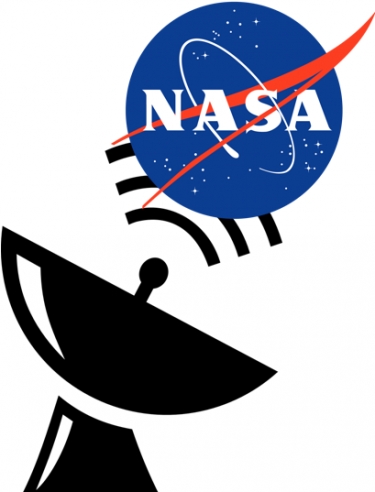Ever since Guglielmo Marconi made the first “long-distance” radio broadcasts in 1895, we have been broadcasting our presence to the universe via radio-frequency waves. That’s over 125 years of broadcast. Obviously too, the strength of our signals is growing all the time.
One hundred and twenty-eight years of broadcasting means that our signals (albeit amazingly faint at the beginning) have reached the nearest 75 star systems. In fact, the Alpha Centauri system would have ‘heard’ us before the turn of that century.
If you’re wondering just how weak a signal might be, we can still detect the tiny signals from Voyager I and II which are so amazingly faint.
But, we have to ask, how loud are we shouting? It seems that we’ve never attempted to measure our own outbound radio emission radiation.
|
|
Here’s the proposal. The next mission to land on the moon needs to include a radio wave signal strength meter so we actually know the power of our wide frequency broadcast emissions to the universe. Such a device would only weigh a kilogram or so – it’s not an amazingly complex device.
This meter would have to be designed to detect the entire range of earth-based radio-wave signals and would also require back-end systems to estimate the likely signal strength in accordance with the inverse cube rule. It could transmit regular data bursts to the Lunar Reconnaissance Orbiter (or some suitable successor) and deliver data for mapping our impact.
A summary of the perceived signal strength, and the likely equipment needed to detect it would allow the general public to understand just how loud we are in the universe.






